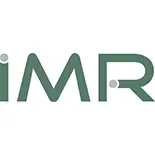
Ballast water plays a critical role in maintaining the stability and maneuverability of ships during voyages. However, what is vital for ship operations also poses a serious ecological and public health concern. When discharged into new marine environments, ballast water can introduce non-native invasive species (NIS) and harmful aquatic organisms and pathogens (HAOP)—a process that has disrupted ecosystems across the globe.
Recognizing these risks, the International Maritime Organization (IMO) adopted the Ballast Water Management (BWM) Convention, under the broader environmental regulations of MARPOL. This global agreement mandates all ships to manage their ballast water through approved treatment and regular testing protocols to prevent the spread of invasive and harmful species.
Invasive Species Introduction:
Ballast water can carry a diverse array of aquatic life—from microscopic plankton and bacteria to mollusks and crustaceans—transporting them across continents. If released untreated, these organisms may thrive in their new environments, outcompeting native species, altering food chains, degrading habitats, and causing biodiversity loss or even extinction.
Habitat Degradation:
Invasive organisms can cause structural damage to aquatic environments. For example, zebra mussels clog pipelines and attach themselves to underwater infrastructure, resulting in costly maintenance and repairs. Others may alter sediment composition or disrupt spawning grounds, harming native aquatic life.
Harmful Algal Blooms (HABs):
Some phytoplankton species carried in ballast water can trigger toxic algal blooms. These blooms deplete oxygen levels in the water, produce toxins harmful to marine organisms, contaminate seafood like shellfish, and pose direct health risks to humans through recreational and commercial water use.
Spread of Diseases:
Pathogenic microorganisms, including viruses, bacteria, and protozoa, can be transported across oceans in ballast tanks. Their introduction to local waters can lead to disease outbreaks in both aquatic species and human populations, especially through seafood consumption or direct contact with contaminated water.
To counter these dangers, ballast water testing is a cornerstone of effective Ballast Water Management (BWM) and plays a pivotal role in enforcing compliance and protecting marine biodiversity.
Detection of Harmful Organisms:
Testing helps identify the type and concentration of HAOP in ballast water before it is discharged. This is vital to meet the BWM Convention’s criteria, which limit the number of viable organisms that can be released into coastal or international waters.
Validation of Treatment Systems:
Ships are increasingly equipped with Ballast Water Treatment Systems (BWTS) to neutralize harmful organisms onboard. Regular water testing verifies whether these systems are functioning effectively and reducing biological load to acceptable levels.
Early Warning and Port Monitoring:
Continuous monitoring of local waters helps detect the presence of invasive species early. If a port area shows signs of ecological risk, authorities can issue advisories to ships, recommending they avoid ballast water intake or adjust their treatment processes accordingly.
Regulatory Compliance:
Demonstrating compliance with international and national regulations is not only a legal requirement but also a marker of responsible environmental stewardship. Testing data serves as proof that vessels are managing their ballast water properly and can be critical during inspections or audits.
Protection of Public Health and the Environment:
Proper ballast water testing significantly reduces the risk of spreading waterborne illnesses and protects sensitive aquatic ecosystems. From fisheries and tourism to biodiversity conservation, the benefits of this monitoring extend well beyond shipping operations.
The management of ballast water is no longer just a shipping industry concern—it is an environmental and public health imperative. As global trade continues to grow, the risks associated with ballast water discharge also intensify. Ballast water testing emerges as an essential defense mechanism—detecting threats, ensuring treatment systems are working, supporting regulation enforcement, and ultimately safeguarding the health of both our oceans and our communities.
Through vigilant monitoring and adherence to international protocols like the BWM Convention, we can strike a balance between efficient maritime operations and ecological sustainability.


Chief Operation, FAMD, Tata Steel Limited..


Sr. General Manager,, Emirates Trading Agency L.L.C..


Mines Manager, Hindustan Zinc Limited, a Vedanta Company.

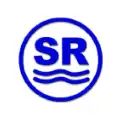
General Manager, Stevin Rock L.L.C..


Executive Vice President (Works),, DCW Limited.


AVP – Coal Quality & Sales Compliance Head,, PT Indo Tambangraya Megah Tbk (BANPU).


Laboratory Head, MMX.


Shipping Administrator, Mount Gibson Iron Limited.


Senior Director – Asia Pacific Iron Ore Sales,, Cliffs Natural Resources Pty Ltd..


Member, Compass Group (India) Pvt. Ltd.
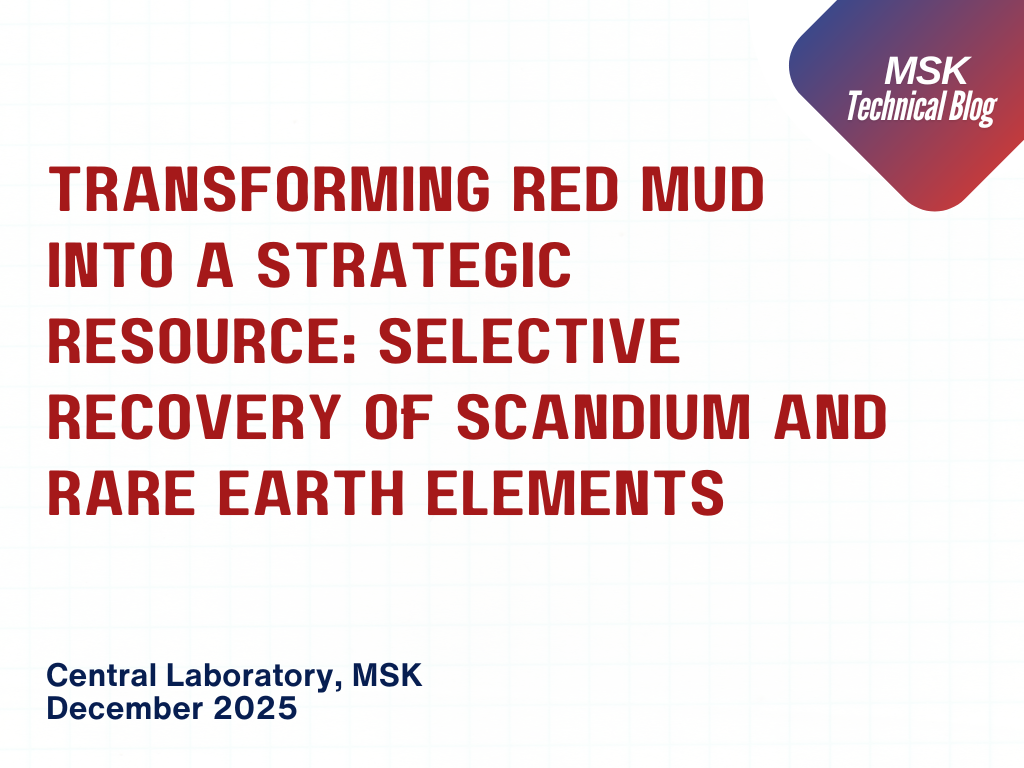
Posted on December 16 2025 By Mitra S.K ADMIN
Read More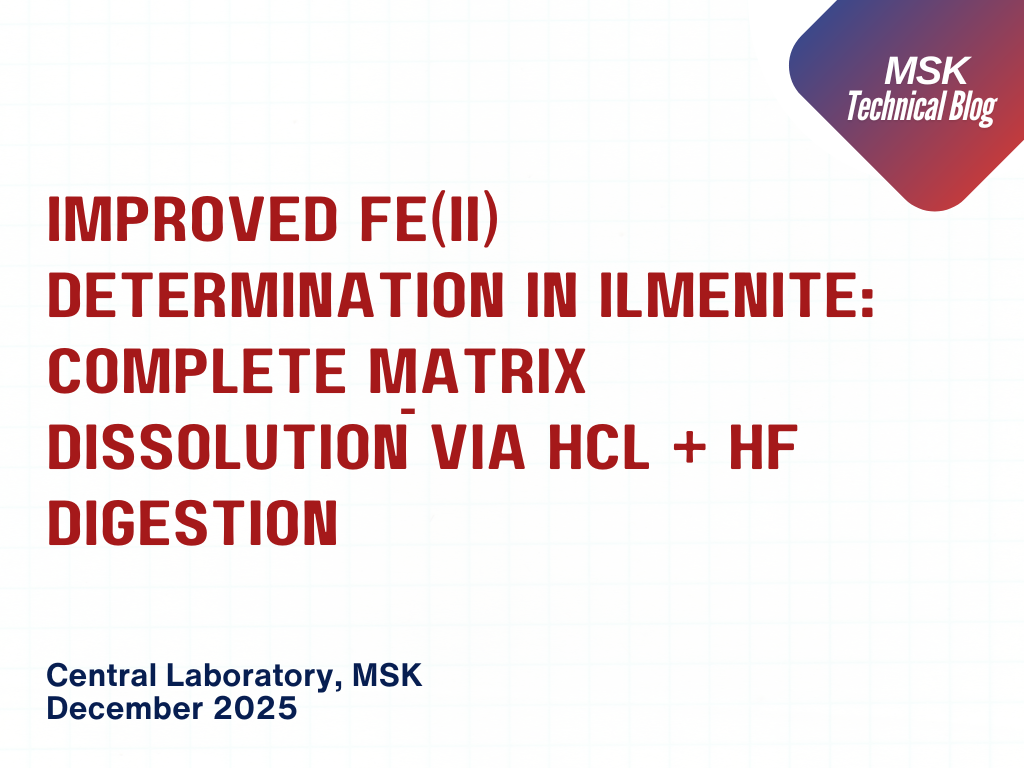
Posted on December 16 2025 By Mitra S.K ADMIN

Posted on December 16 2025 By Mitra S.K ADMIN

Posted on December 11 2025 By Mitra S.K ADMIN
![Estimating Cobalt by UV-Vis Spectroscopy: The [CoCl?]²? Acetone Method](https://mitrask.com/uploads/blogs/1764834098Estimating%20Cobalt.png)
Posted on December 04 2025 By Mitra S.K ADMIN
Posted on December 04 2025 By Mitra S.K ADMIN
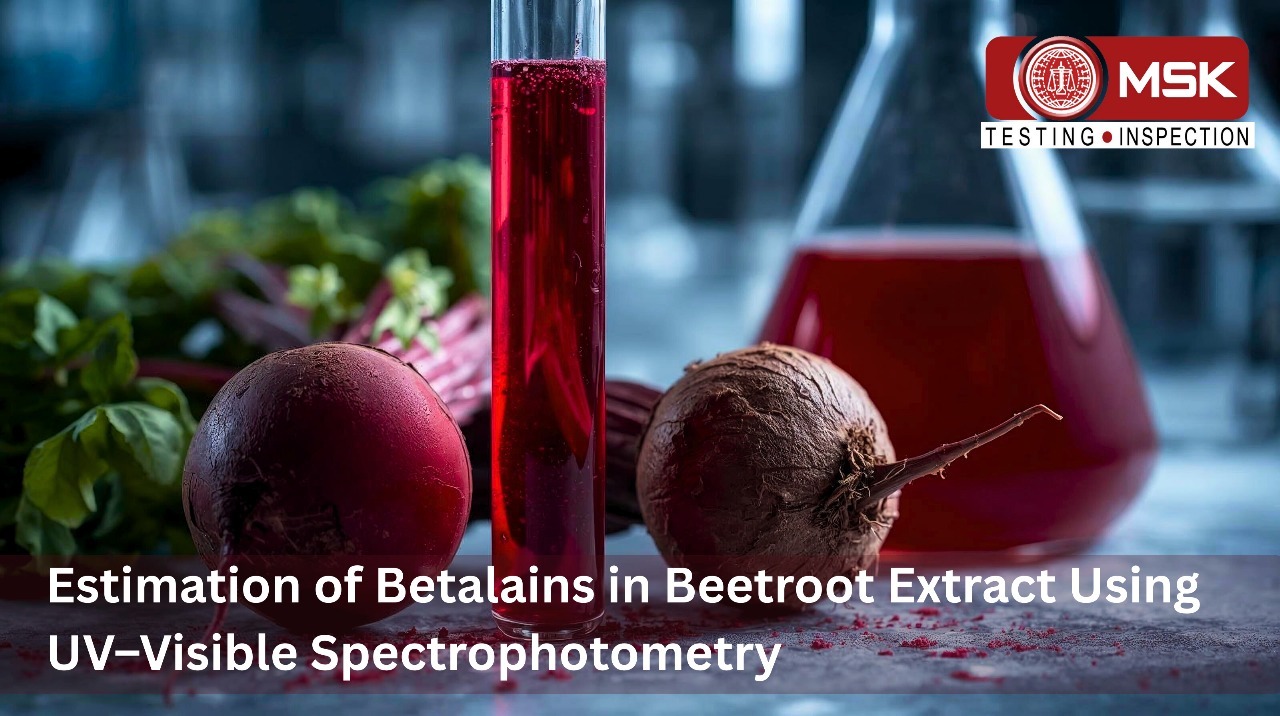
Posted on November 12 2025 By Mitra S.K ADMIN

Posted on September 23 2025 By Mitra S.K ADMIN
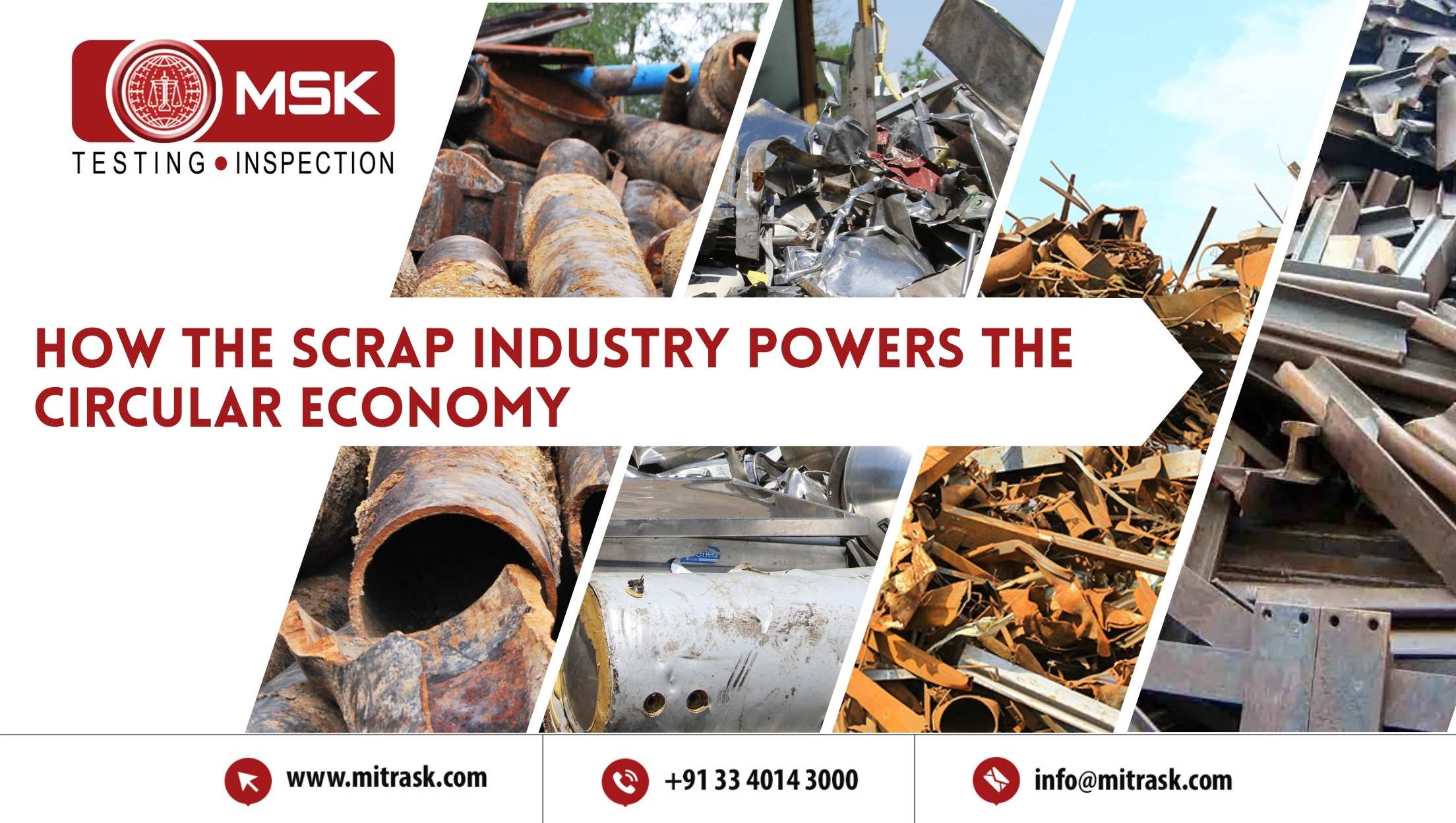
Posted on August 01 2025 By Mitra S.K ADMIN
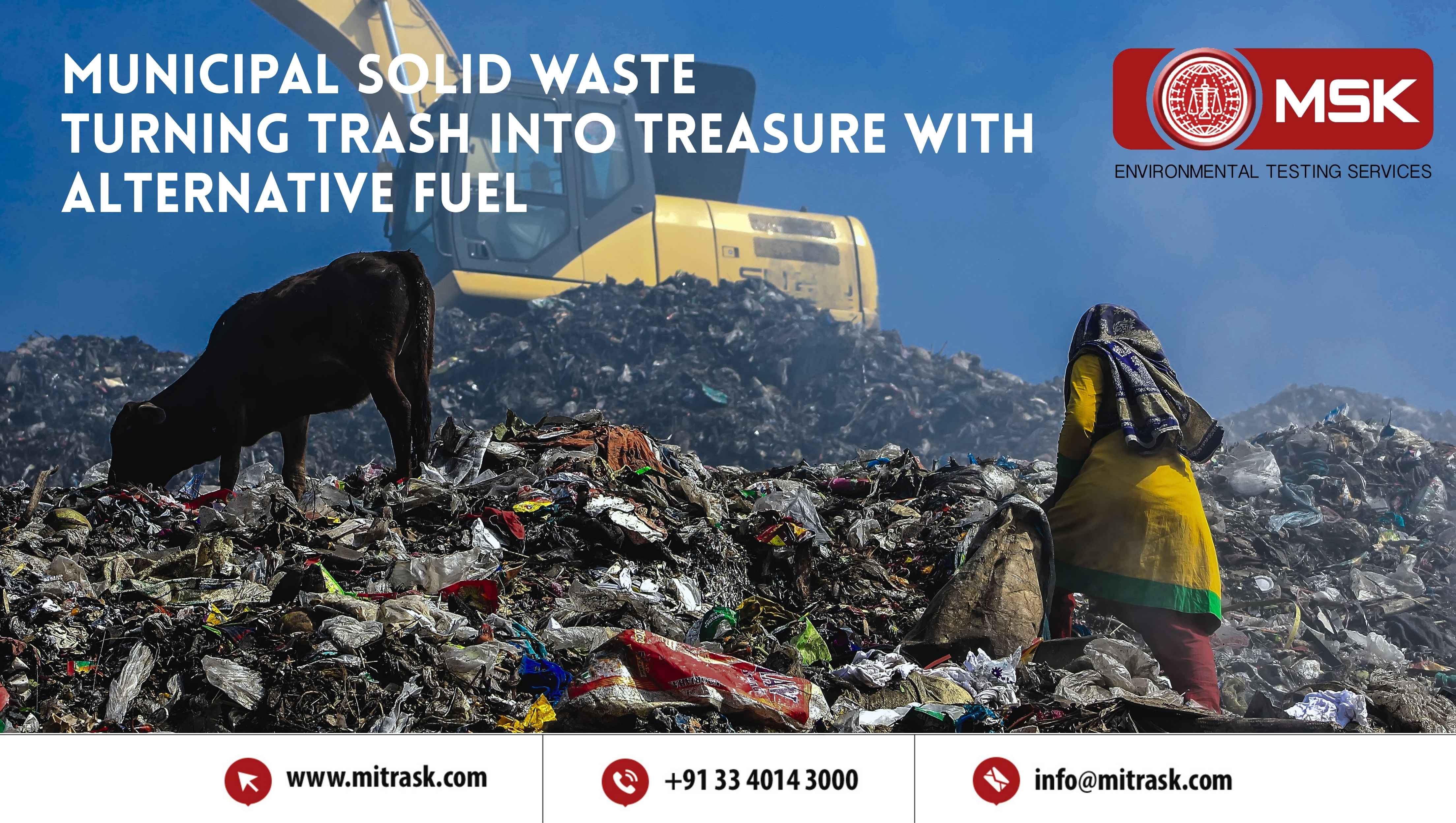
Posted on July 25 2025 By Mitra S.K ADMIN

Posted on July 18 2025 By Mitra S.K ADMIN

Posted on July 01 2025 By Mitra S.K ADMIN

Posted on May 22 2025 By Mitra S.K ADMIN

Posted on January 24 2025 By Mitra S.K ADMIN

Posted on January 24 2025 By Mitra S.K ADMIN
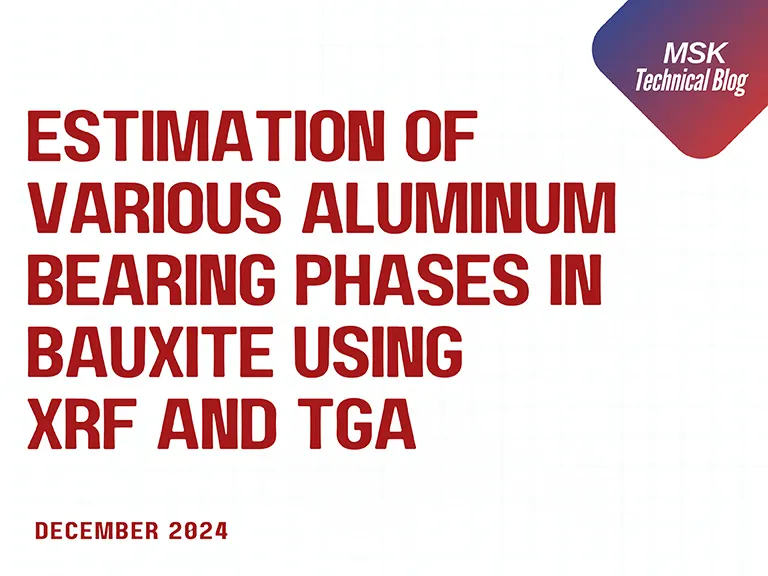
Posted on December 31 2024 By Mitra S.K ADMIN
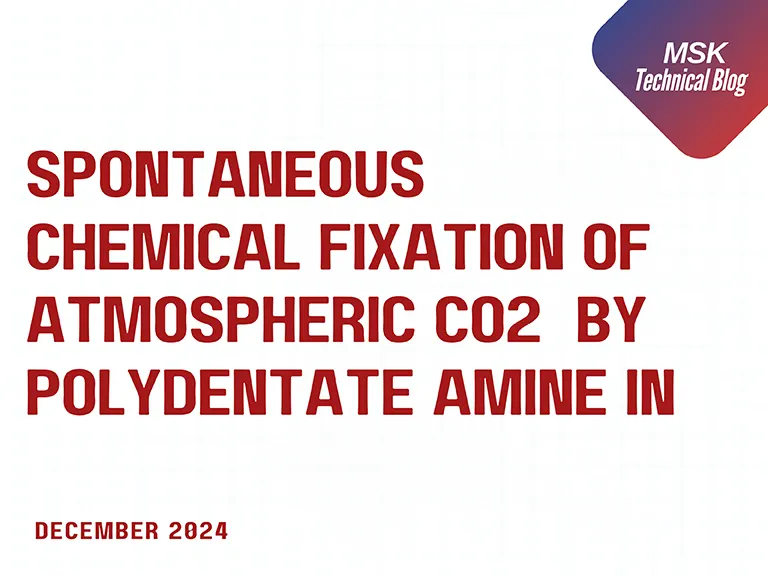
Posted on December 31 2024 By Mitra S.K ADMIN
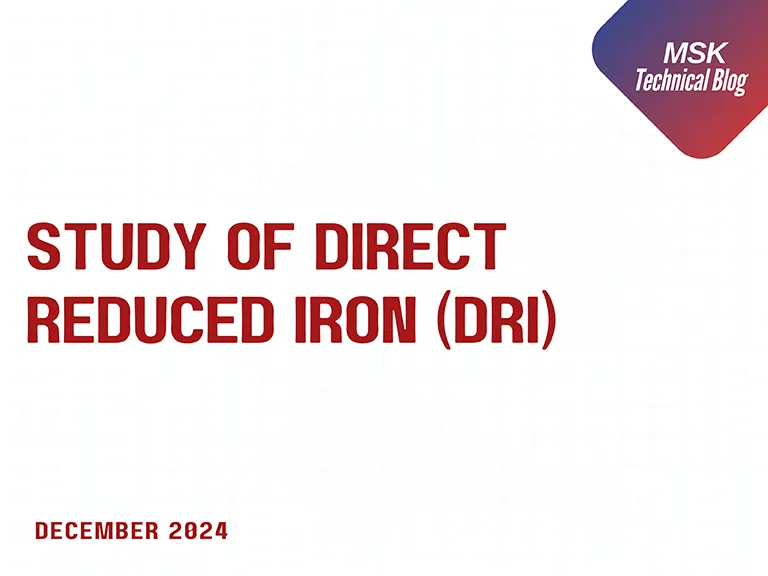
Posted on December 31 2024 By Mitra S.K ADMIN
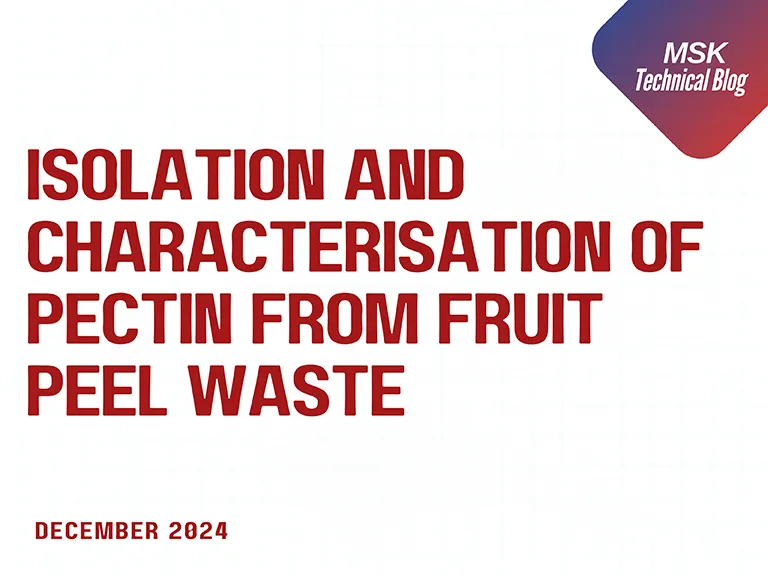
Posted on December 31 2024 By Mitra S.K ADMIN
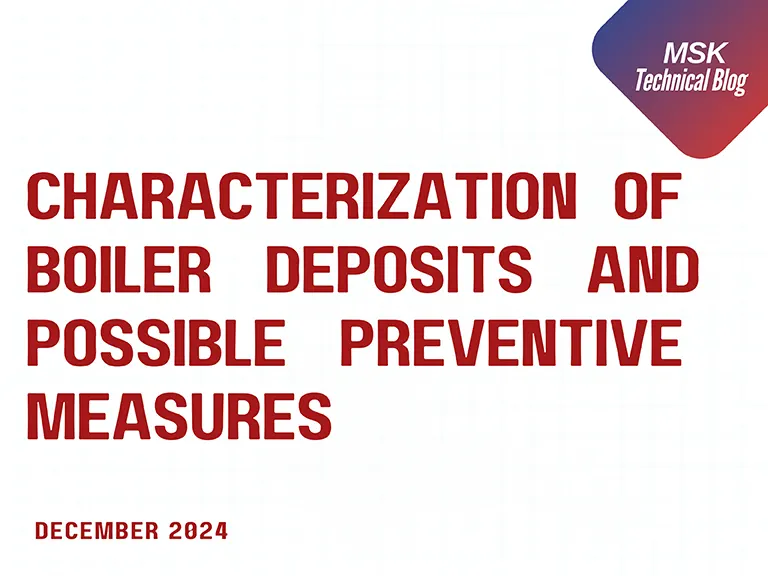
Posted on December 31 2024 By Mitra S.K ADMIN
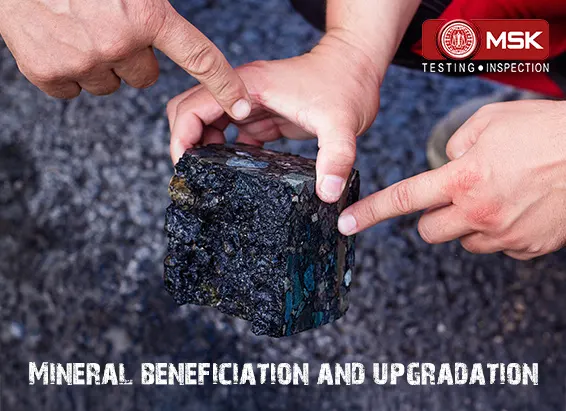
Posted on December 03 2024 By Mitra S.K ADMIN

Posted on October 17 2024 By Mitra S.K ADMIN

Posted on October 04 2024 By Mitra S.K ADMIN
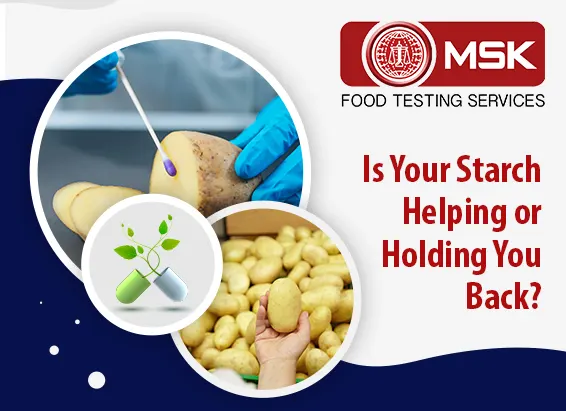
Posted on September 13 2024 By Mitra S.K ADMIN

Posted on August 27 2024 By Mitra S.K ADMIN
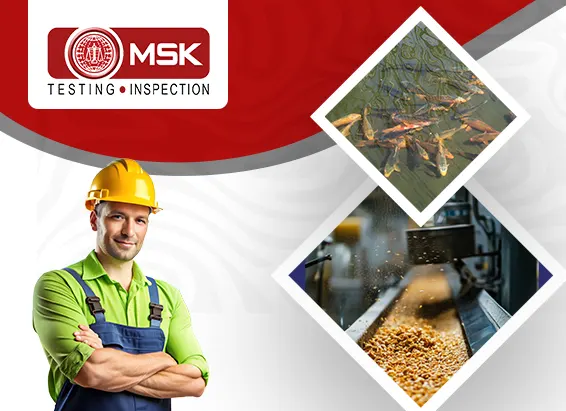
Posted on August 23 2024 By Mitra S.K ADMIN
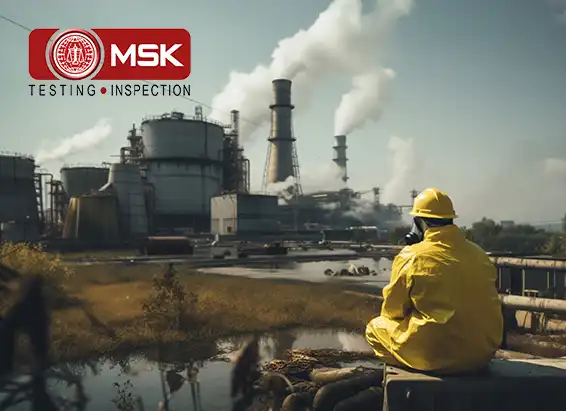
Posted on June 27 2024 By Mitra S.K ADMIN
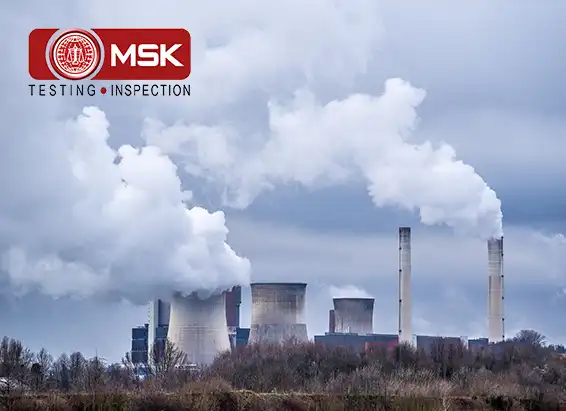
Posted on June 22 2024 By Mitra S.K ADMIN
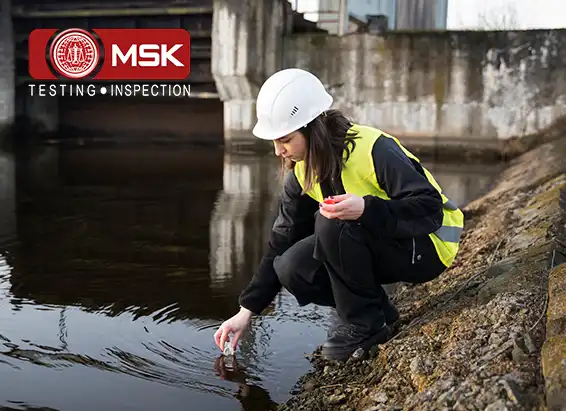
Posted on June 15 2024 By Mitra S.K ADMIN

Posted on May 24 2024 By Mitra S.K ADMIN
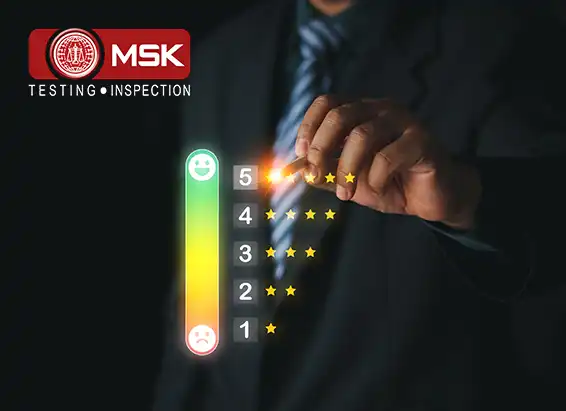
Posted on May 17 2024 By Mitra S.K ADMIN
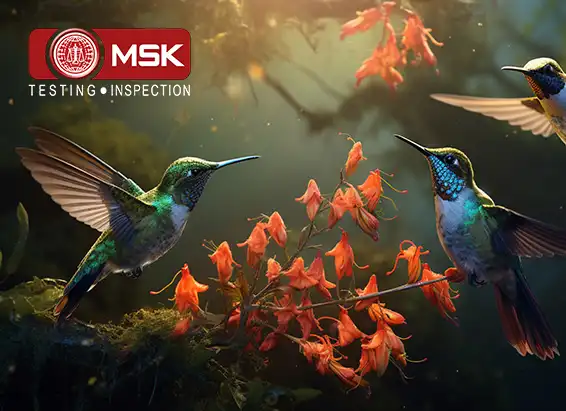
Posted on May 09 2024 By Mitra S.K ADMIN
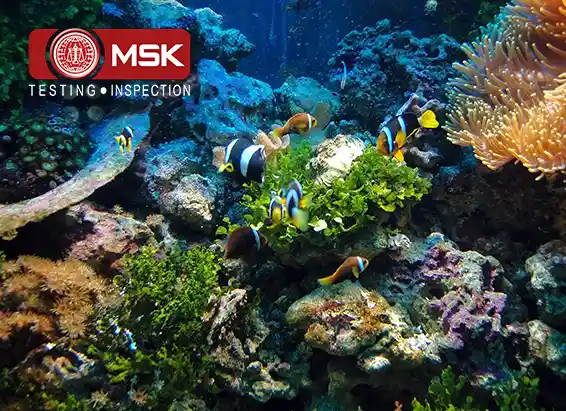
Posted on April 20 2024 By Mitra S.K ADMIN
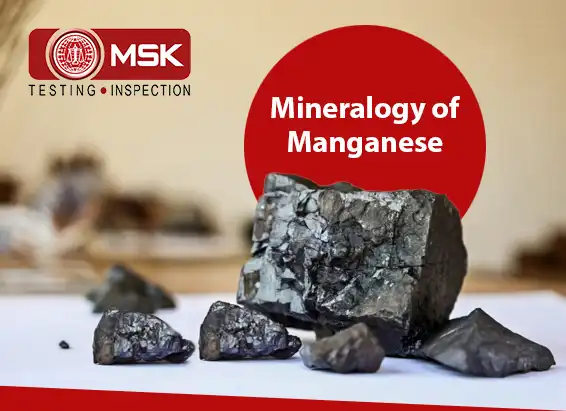
Posted on April 13 2024 By Mitra S.K ADMIN
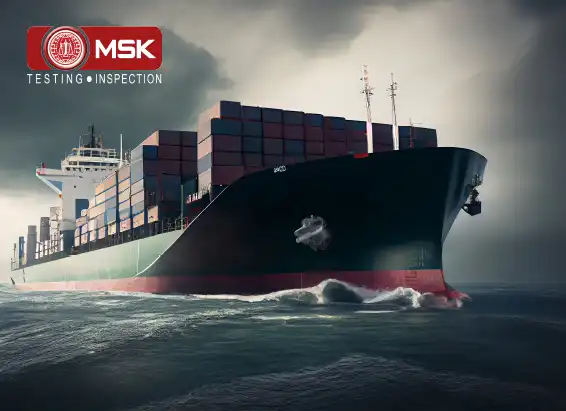
Posted on April 30 2024 By Mitra S.K ADMIN

Posted on April 29 2024 By Mitra S.K ADMIN
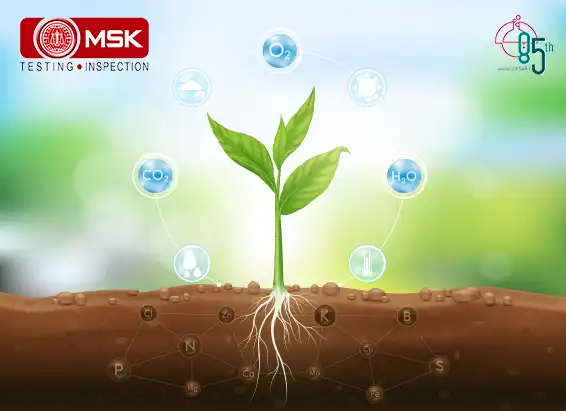
Posted on December 30 2023 By Mitra S.K ADMIN
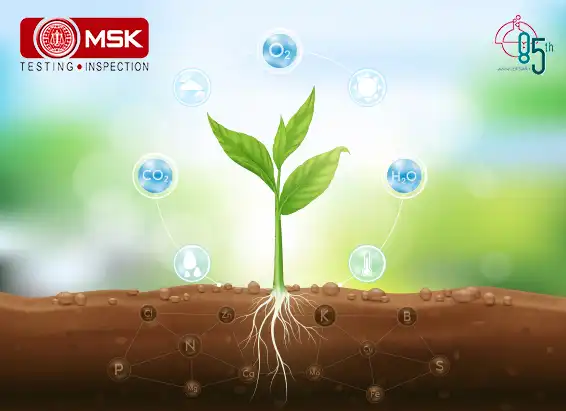
Posted on December 30 2023 By Mitra S.K ADMIN
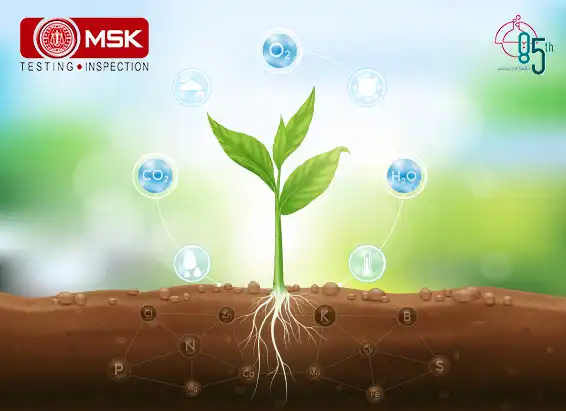
Posted on December 30 2023 By Mitra S.K ADMIN
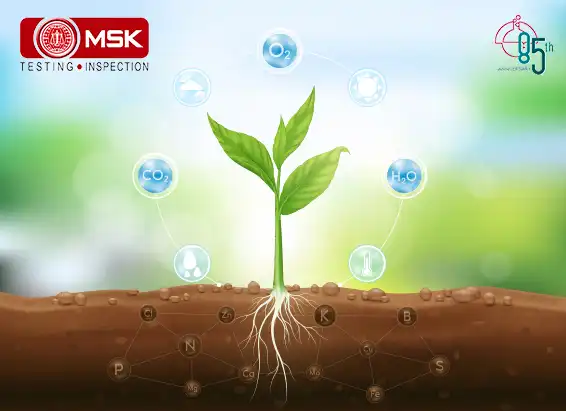
Posted on December 27 2023 By Mitra S.K ADMIN
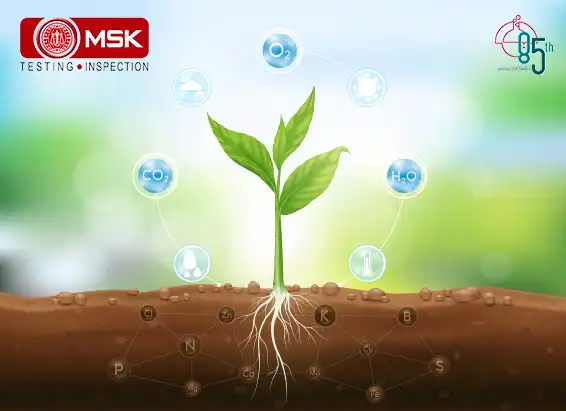
Posted on December 27 2023 By Mitra S.K ADMIN
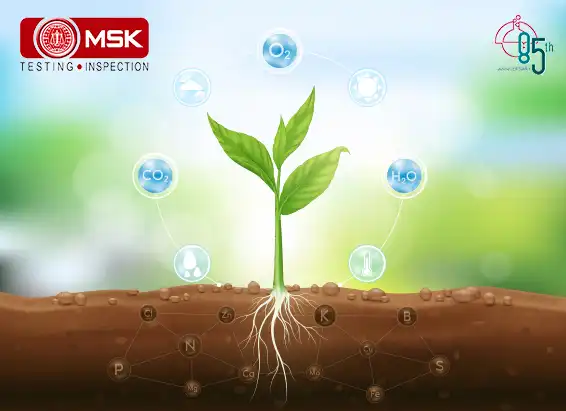
Posted on December 27 2023 By Mitra S.K ADMIN
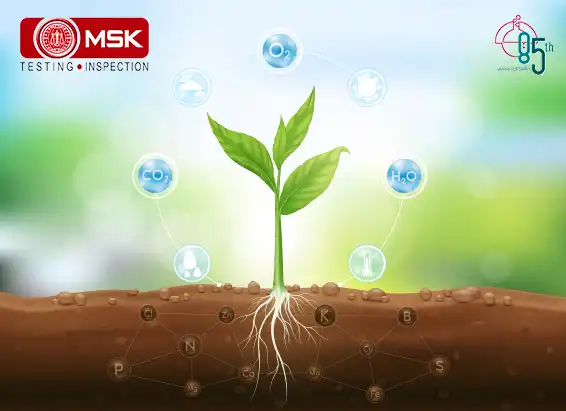
Posted on December 27 2023 By Mitra S.K ADMIN
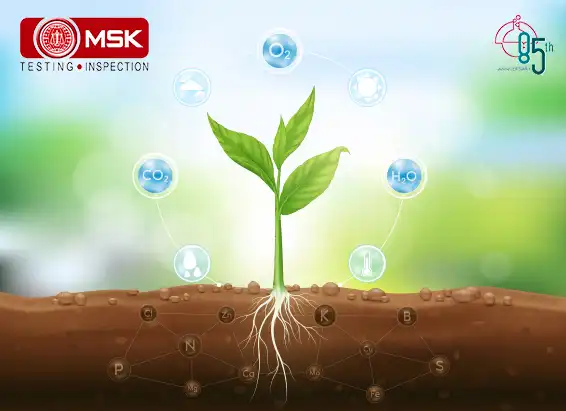
Posted on December 27 2023 By Mitra S.K ADMIN
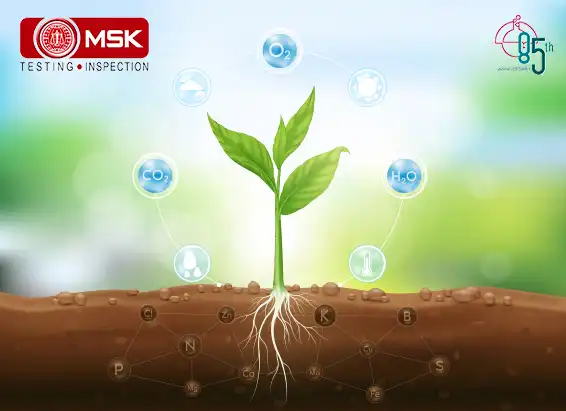
Posted on December 27 2023 By Mitra S.K ADMIN
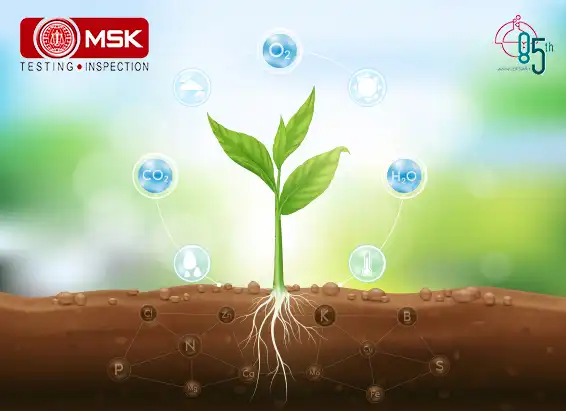
Posted on December 27 2023 By Mitra S.K ADMIN
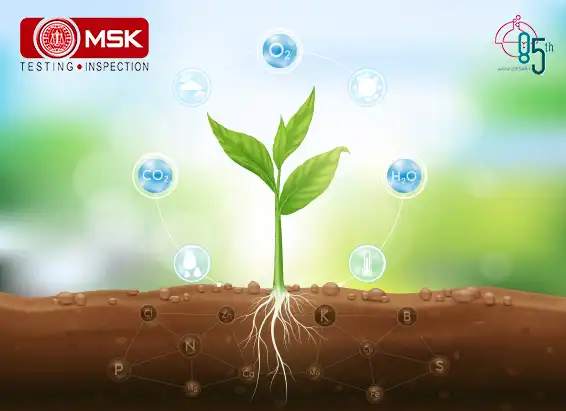
Posted on December 26 2023 By Mitra S.K ADMIN
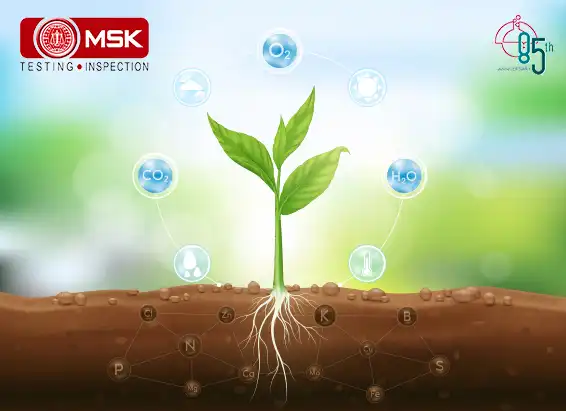
Posted on April 05 2022 By Mitra S.K ADMIN

Posted on April 06 2022 By Mitra S.K ADMIN
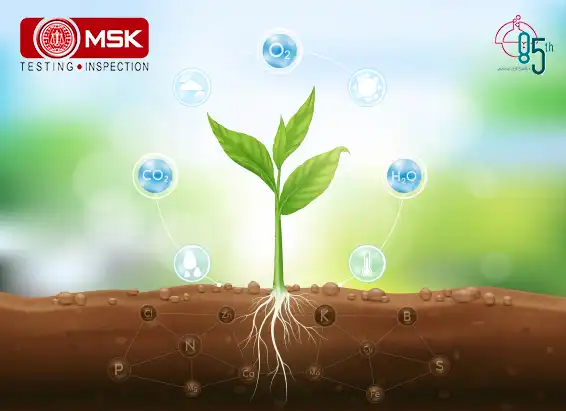
Posted on April 06 2022 By Mitra S.K ADMIN
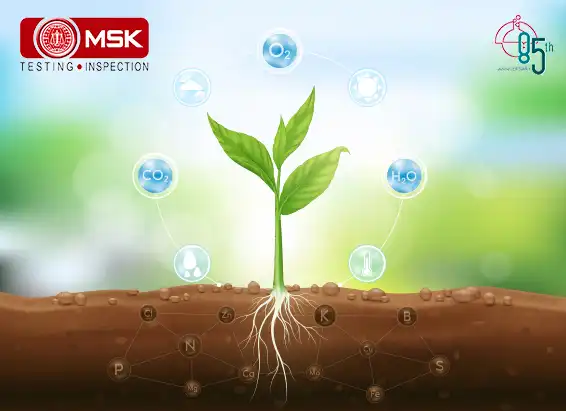
Posted on April 06 2022 By Mitra S.K ADMIN
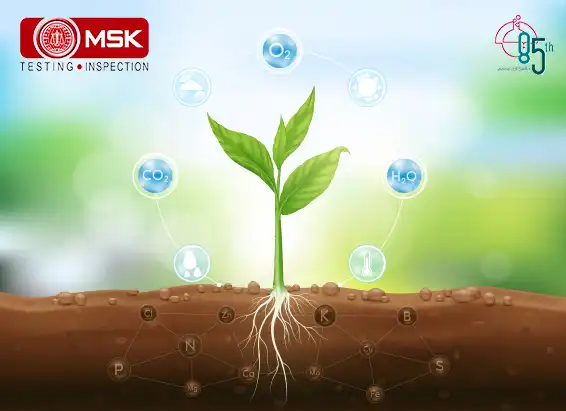
Posted on April 06 2022 By Mitra S.K ADMIN
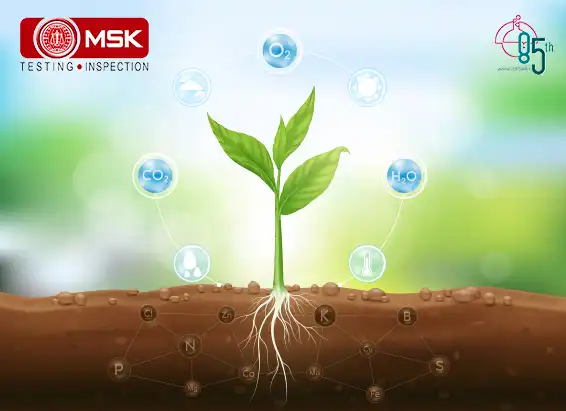
Posted on April 06 2022 By Mitra S.K ADMIN
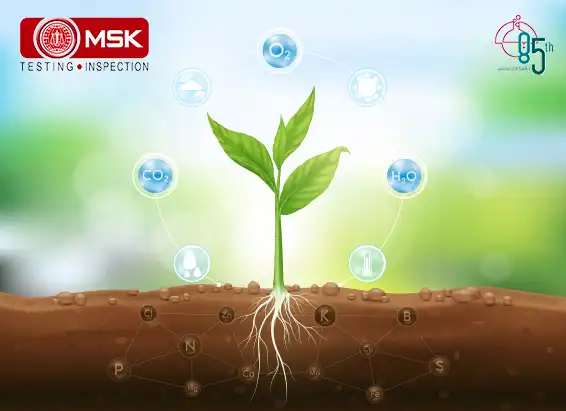
Posted on April 06 2022 By Mitra S.K ADMIN

Posted on April 06 2022 By Mitra S.K ADMIN
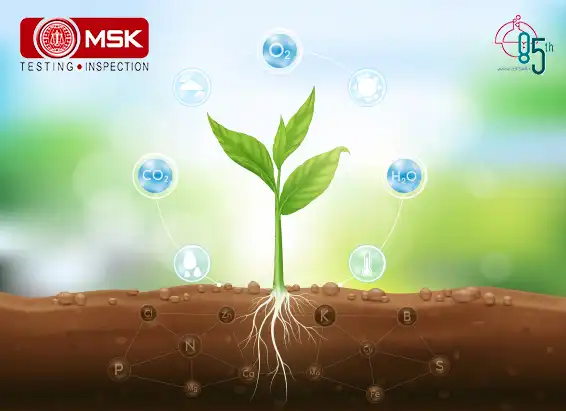
Posted on April 06 2022 By Mitra S.K ADMIN
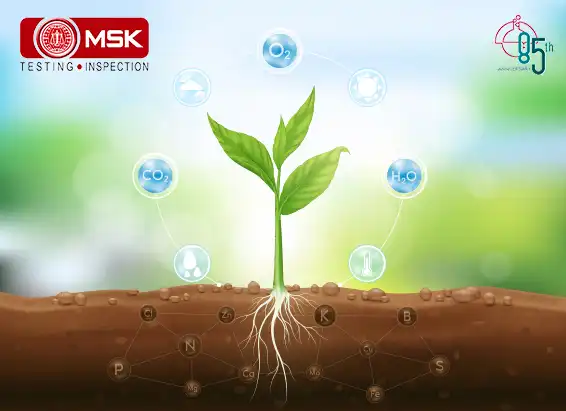
Posted on April 06 2022 By Mitra S.K ADMIN
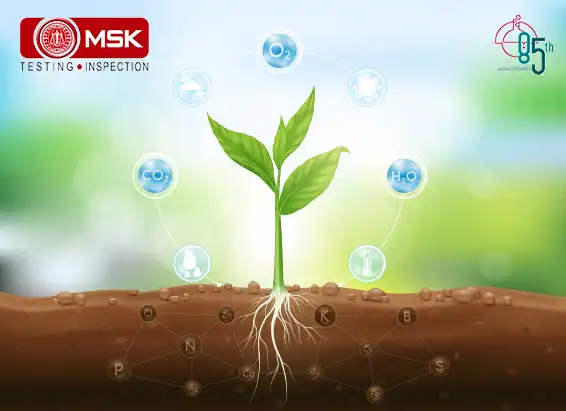
Posted on April 06 2022 By Mitra S.K ADMIN
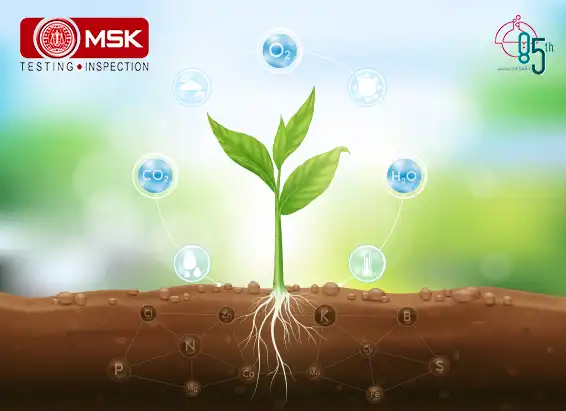
Posted on April 06 2022 By Mitra S.K ADMIN
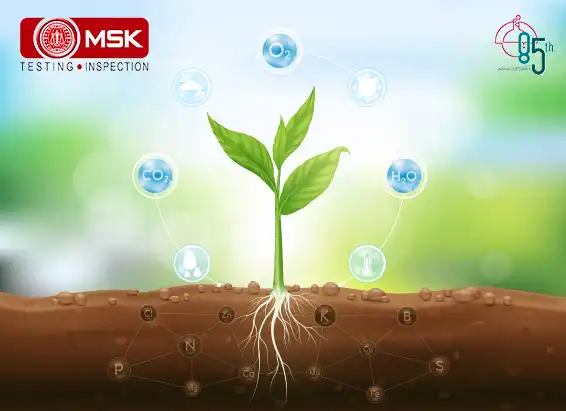
Posted on April 06 2022 By Mitra S.K ADMIN
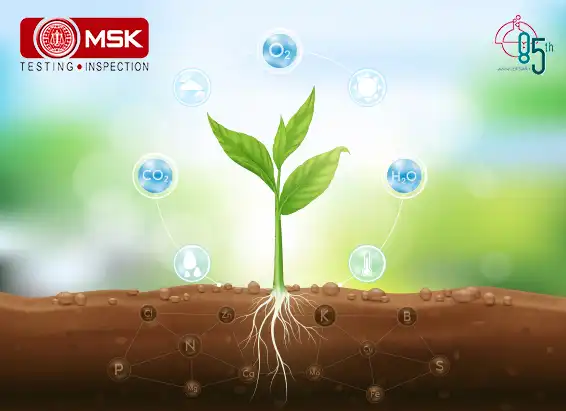
Posted on November 28 2022 By Mitra S.K ADMIN
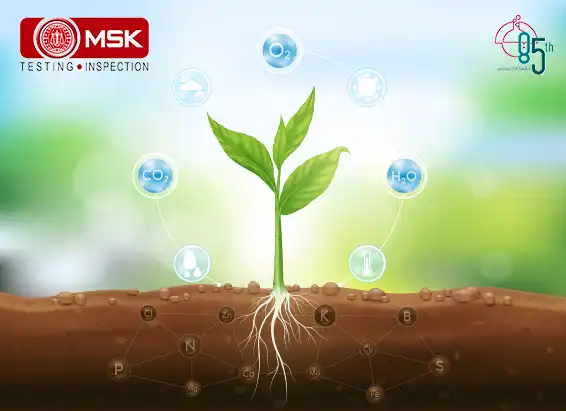
Posted on April 06 2022 By Mitra S.K ADMIN
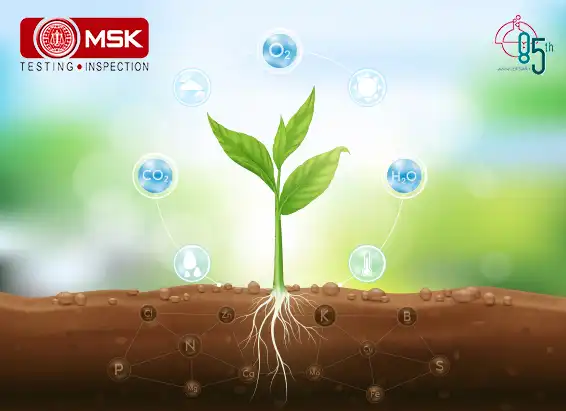
Posted on April 06 2022 By Mitra S.K ADMIN
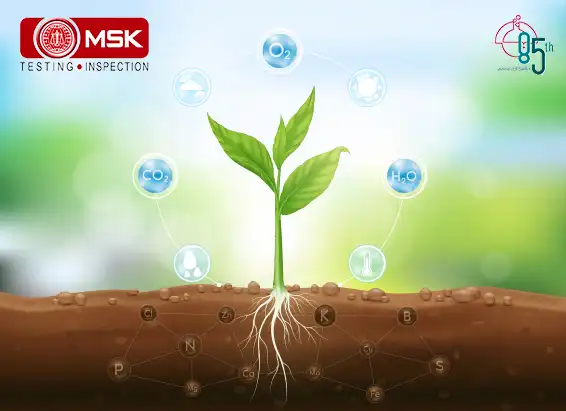
Posted on April 06 2022 By Mitra S.K ADMIN
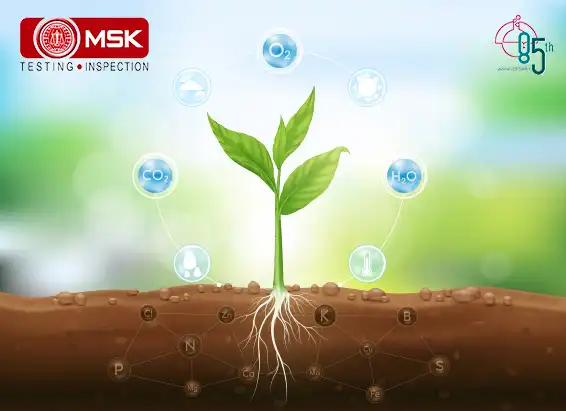
Posted on November 28 2022 By Mitra S.K ADMIN
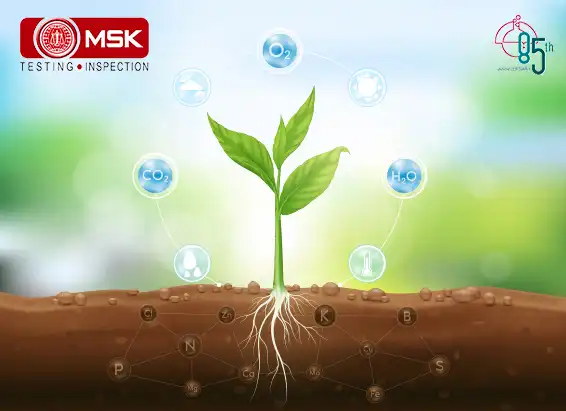
Posted on June 14 2022 By Mitra S.K ADMIN

